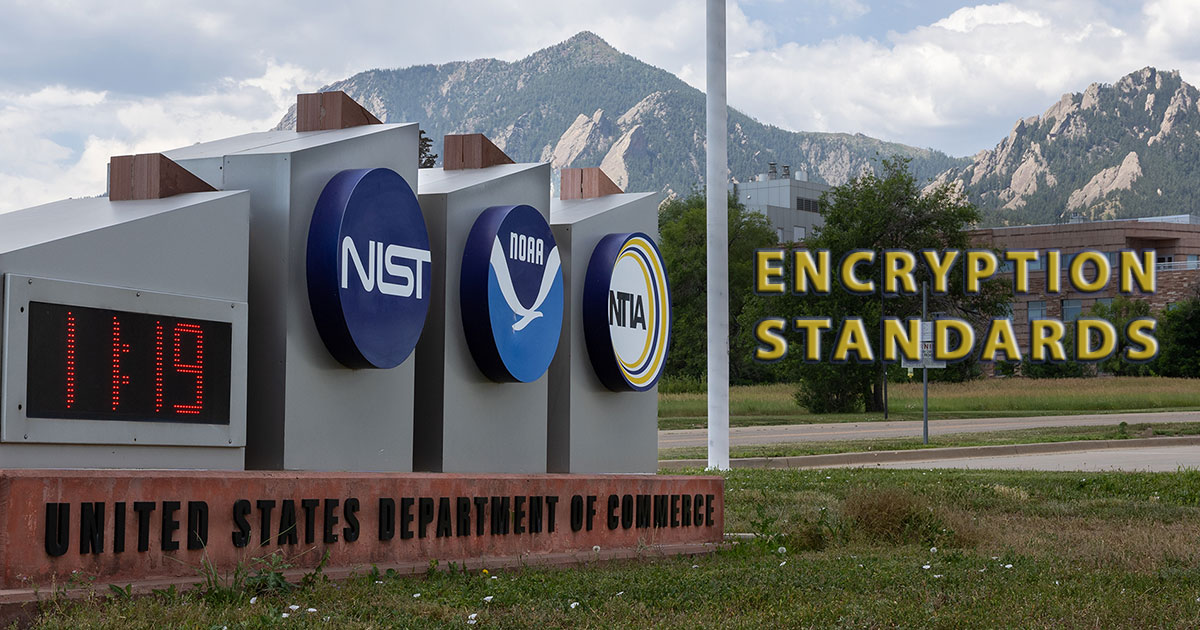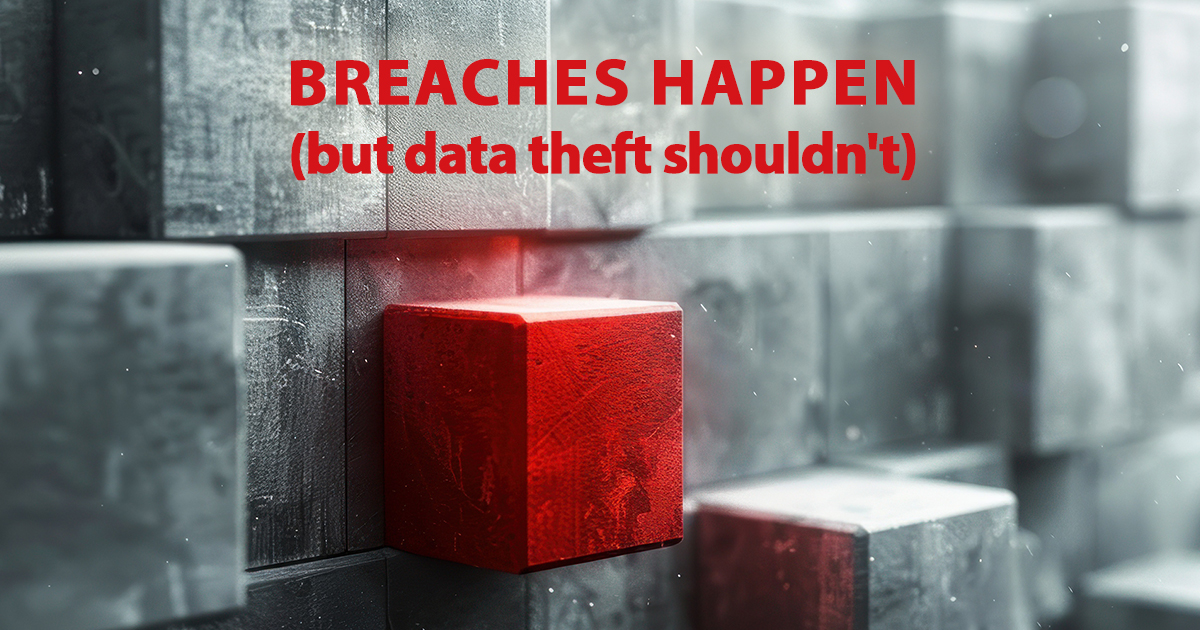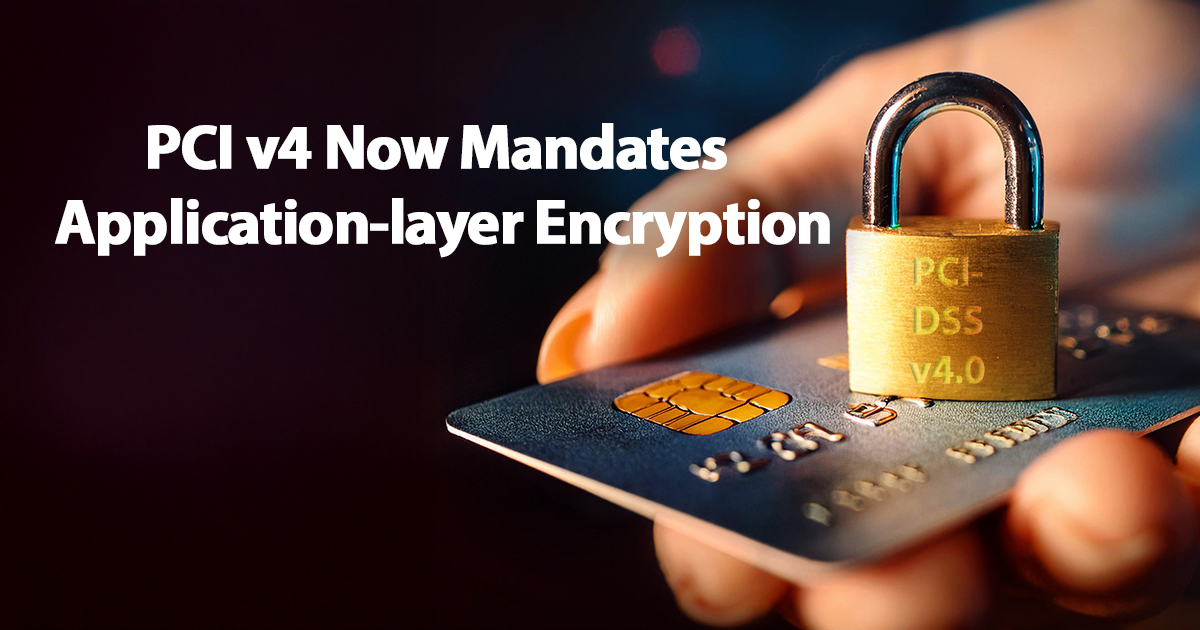Initial Coin Offerings: A More Complete Definition
Initial Coin Offerings (ICOs) are all the rage these days. Startups are raking in tens of millions of dollars in cryptocurrency in just minutes. Here’s a short overview of what they are, how they work, how they’re offered, and why investors hope to make money off of them. This article will also touch briefly on regulatory status, or lack thereof.
A Definition
Let me acknowledge up-front that this definition of ICO does not agree with the current Wikipedia definition, which distinguishes between ICOs and token sales. In practice, nearly everything called an ICO by the offering companies and in the media is a token sale, so the distinction is moot.
In an ICO, a company offers coins or tokens for purchase by the public. These tokens serve as a custom currency that has a specific purpose; the utility of the coin or token is defined up front via a contract with the offering company. In general, the company configures the offering so that if it is successful, the value of the coin or token will increase or holders reap a reward such as a dividend.
Contrary to what you might expect, someone buying tokens or coins in an ICO does not gain any ownership in the company. Who is allowed to buy tokens is up to the company making the offering with restrictions sometimes in place to skirt potential legal issues.
Note: The word “token” should be used in the context of the Ethereum platform and the word “coin” in the context of Bitcoin, but we’re going to gloss over the distinction and just use the term “token” going forward.
A (Fake) Real-World Example
Suppose that instead of loyalty cards and cash, Starbucks decided that moving forward it would require all payments to be made in Starbucks Bucks (SBB). They define SBB as follows:
- A fixed number of SBB, 500,000,000, will be offered for sale, and another 500,000,000 held in reserve by the company. There will never be more than 1 billion SBB.
- SBB may be used to purchase anything inside Starbucks. Prices will always be fixed in SBB no matter where you are in the world. So if a grande coffee costs SBB\$1.50 in Seattle, it costs the same in Mumbai.
- Customers receive small amounts of SBB for every visit to a store and can get a bonus for bringing friends.
- Customers can purchase SBB from Starbucks or from third parties.
The exchange rate between SBB and local currency fluctuates. Demand is also a factor in the cost of SBB; the more people there are in an area who want to buy Starbucks’ products, the more SBB will cost in that area.
This invites speculators. If the expectation is that demand for Starbucks will go up, then a speculator (or “investor”) can purchase a bunch of SBB now and then sell it later to thirsty customers for a profit. The buying and selling of SBB is decentralized and market driven.
A (Real) Virtual-World Example (or three)
Enigma
This company, founded by MIT graduates, traffics in data around cryptocurrencies, coins, tokens, etc. — they provide something equivalent to stock market ticker data for cryptocurrency-related activity. They intend the data to be used for automated trading purposes.
Note: they had their website, slack, and email list hacked. The hackers took upwards of US\$500,000 from would-be investors, which is how Enigma came to our attention.
The company has raised around US\$800K via traditional methods (according to Crunchbase), but they are planning to raise an additional \$30 million via an ICO. They call the tokens that will be offered “ENG” and they define its utility as follows:
- Customers will use ENG to purchase streams of data.
- Purveyors of data will receive ENG for the data they provide.
- Users with winning trading strategies will receive ENG rewards.
The rules for the coin are baked into the blockchain using Ethereum smart contracts — essentially a way to make software-backed contracts that can’t be edited. Here are the rules for their offering:
- 100 million ENG will be created.
- 50% will be offered for sale in the ICO.
- The price is fixed at \$0.60 Ethereum, or an equivalent amount of Bitcoin. If all offered tokens sell, they’ll hit a target of ~US\$30 million.
- 25% of the tokens (25 million) will be reserved for rewards to community members. The remaining 25% will be held by Enigma.
This offereing is essentially equivalent to pre-selling the Enigma service, since people will buy tokens up front, trade them with each other, and use them to purchase Enigma services. Enigma does not receive any new money after the initial sale. If the early speculators are right and more people want ENG in order to buy Enigma’s product, then the company could potentially raise more money by selling some of the tokens that they have in reserve. The company will also get tokens back as customers use them and will have those to sell to future customers as well.
While this is a nice short-term way to raise virtual currency, the long-term viability of the business model has not been proven.
BAT
The Brave browser project raised \$35 million in under 30 seconds with their Basic Attention Token (BAT) ICO. Their idea is to have a currency where advertisers pay users for their attention. This is an interesting business model for all of the parties. However, despite the incredible success of their offering, there were only around 130 buyers, and 5 of them accounted for more than half of the raised money.
Filecoin
Another example is Filecoin, which has raised over US\$200 million so far. The idea here is that the company pays for people’s excess unused hard drive space using Filecoin tokens. The company then sells that space to people who want to store their data in the cloud, charging Filecoin tokens for the storage. The stored data is encrypted end-to-end. Early purchasers are betting that this service will attract a lot of users and drive up the price of Filecoin. The cost of the service will fluctuate based on supply and demand. If storage is more scarce, the cost of the service will increase. If storage is plentiful, the cost of the service effectively decreases (at least in terms of Filecoin tokens).
The Process of Offering an ICO
Using Ethereum, any company that wants to offer tokens just needs to code up a contract. Then advertise, get listed with upcoming ICOs, build some buzz, and hope the issuance a) raises a lot of money and b) doesn’t screw your business’ long term prospects.
Regulations
This is a gray area, to say the least. The SEC issued a bulletin in July saying that ICOs are subject to federal securities laws if the coins/tokens could be considered securities. In other words, depending on what is promised and how similar that is to equity, the SEC might regulate it. For example, the SEC ruled that a token offering meant to be a sort of democratized venture capital fund called The DAO was a securities offering. (Some may remember that The DAO was hacked and became one of the largest digital heists in history.)
Many ICOs are careful to avoid classification of their token as a security. Enigma is selling their tokens to anyone, anywhere in the world, without restriction and claims that their token is roughly the same as a purchase of their software. Filecoin, on the other hand, has taken an approach that looks a lot like Venture Capital investment. They require investors to be accredited (high net wealth) to get exceptions to securities rules. They also have vesting periods and other clauses familiar in the Angel and Venture Capital worlds.
None of this has been tested in court, and existing laws certainly don’t contemplate cryptocurrencies, “smart” contracts, or the blockchain.
Thefts
When digital currency is stolen, there’s basically no recourse (the DAO was an exception to that rule that is unlikely to happen again). Stolen funds generally can’t be frozen or seized or otherwise returned to their rightful owners. Between that and the lack of regulation, fraud and theft are rampant in the world of cryptocurrencies.
For example, two legitimate companies, Enigma and CoinDash, both had their websites hacked and their ICOs essentially hijacked. That cost would-be investors in CoinDash over US\$7 million. A flaw in a popular wallet cost users \$32 million. Another ICO lost some \$8.4 million when a partner’s website was hacked. All in the past six weeks.
Moral of the ICO story: buyer beware.




